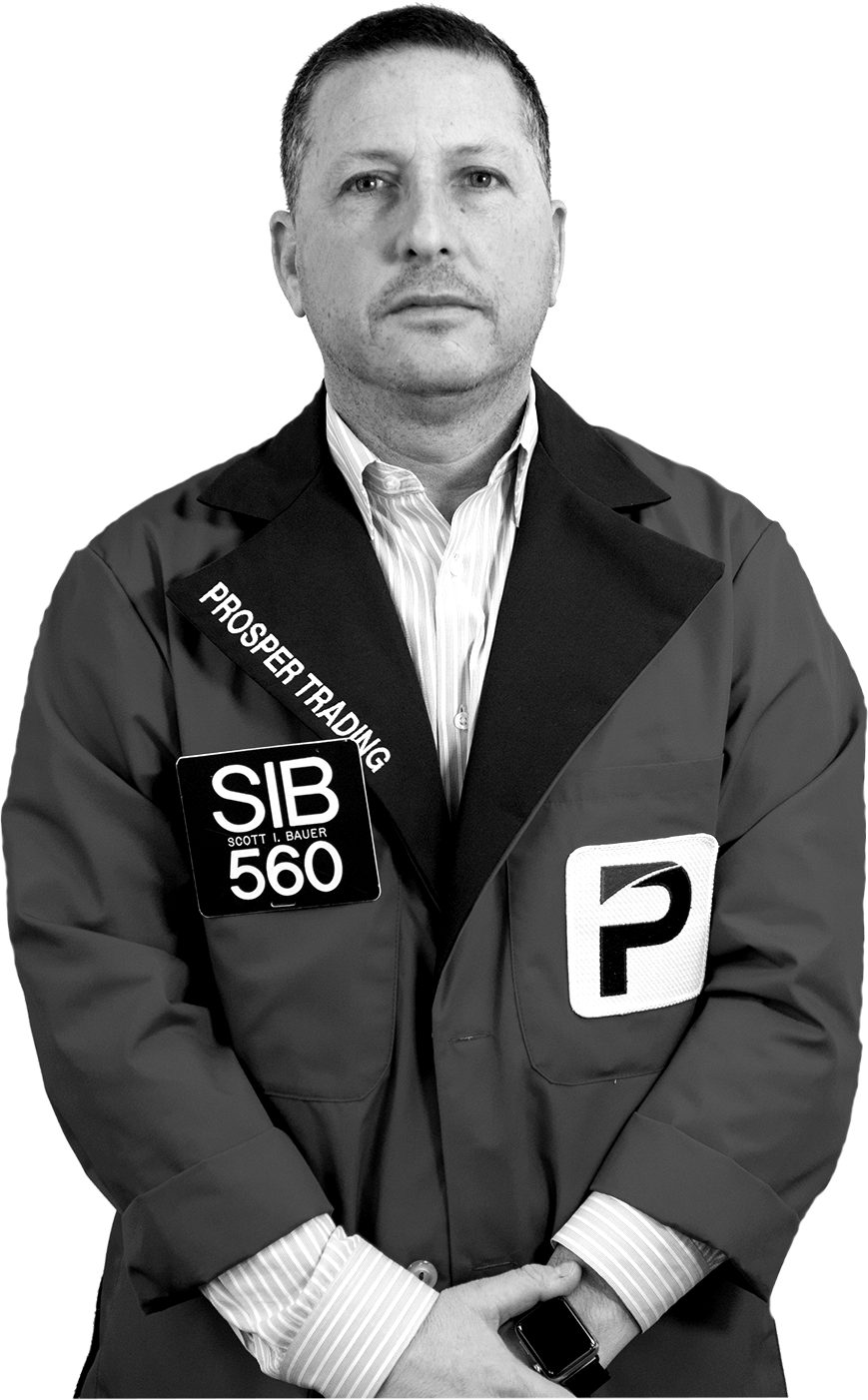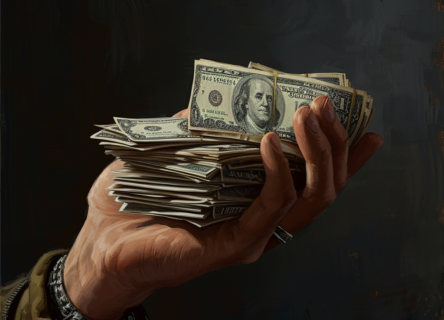
You have probably heard the term “The Santa Claus Rally”. But what is it and is there any validity to it? A Santa Claus rally typically describes a steady increase in the stock market that occurs in the last week of December through the first two trading days in January. Why would this happen? There are numerous hypotheses for the causes of a Santa Claus rally. Some include:
-Many investors tend to have a general feeling of optimism and happiness on Wall Street.
-The investing of holiday bonuses.
-Another theory is that some very large institutional investors, many who are more sophisticated and pessimistic, tend to go on vacation at this time leaving the market to retail investors, who tend to be more bullish.-Year-end tax considerations.
-There is also some degree of investors trying to get in front of what is known as the “January Effect” which is a result of people buying stocks in anticipation of the rise in stock prices during the month of January.
The consumer has been on fire and has actually been the driving force of our economy throughout 2019. Holiday retail sales give us a “look ahead” into the health of the consumer and usually are a leading indicator of what lies ahead. Goldman Sachs retail analysts say the holiday season could be a disappointment for retailers because even though the consumer has been so strong there have been signs of some weakness. However, the National Retail Federation, unlike Goldman, is expecting strong results.In addition to the aforementioned Thanksgiving/Black Friday/Cyber Monday results and retail sales, this year has an added wrinkle to it. The ongoing trade war with China is the single most concerning issue facing the market, even more so than the Federal Reserve in my opinion. The market’s earnings per share estimates for 2020 have steadied after quite a drop in expectations for 2019, however the market seems priced for perfection regarding the tariff warSo is there any proof that there is indeed such an effect? In 2017, Seeking Alpha quoted the “Stock Trader’s Almanac”, saying, “Since 1969, the Santa Claus rally has yielded positive returns in 34 of the past 45 holiday seasons – the last five trading days of the year and the first two trading days after New Year’s. The average cumulative return over these days is 1.4%, and returns are positive in each of the seven days of the rally, on average. “According to Barrons, trading in the period after Christmas is not recommended. There is little upside and, as of 2017, the market fell in the two of the three prior years. Moreover, if there is no rally, that can be a sign of a bear market in the future. In the final weeks of 1999 and 2007, stock prices rose rapidly but only to be followed by bear markets. A better strategy is to maintain a long-term investment strategy and not be tempted by the promise of Santa Claus rallies or January effects.






